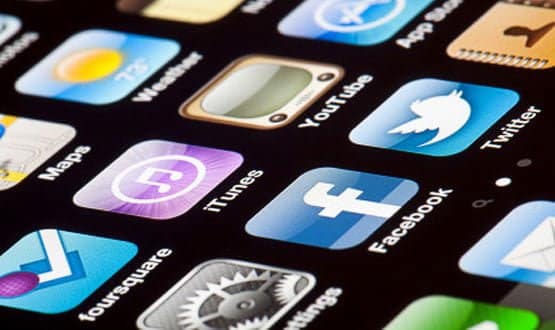Safety stamp for health apps to bring more trust to new solutions

A new certification process for non-medical healthcare apps aims to instil more trust in patients and clinicians.
SGS, a major global firm that specialises in testing and verifying products including medical devices, will certify healthcare software deemed secure for use with the new HSP Safety Mark in an attempt to signpost trusted products and increase the adoption of healthcare applications.
According to SGS, there are more than 325,000 mobile health apps available on the market. Despite this, adoption rates remain low due to questions over trust and safety.
Much of this rests in the security of software applications, meanwhile clinical researchers and regulators also remain hesitant about accepting the legitimacy of data recorded on these apps as evidence when assessing new technologies or drug treatments.
This is especially true for non-medical health software products, such as lab information software, analysis software for medical images, radiology information software and mobile apps running on devices without using specific sensors or detectors.
SGS explained that this is because non-medical health apps are not regulated in the same way medical applications are, which are classified as ‘Software as a Medical Device’ (SaMD).
While processes for certifying health apps do exist in Europe and the US, their acceptance has been limited and localised, SGS said. And, without the same level of assessment criteria, certification processes for consumer health apps are often too broad and varied, leading to unstandardised results.
Without a clear benchmark or agreed guidance for consumers, it can be difficult for the end-user to know if the product they are buying is fit-for-use, the company added.
“SGS HSP certification compels non-medical health software developers to apply the development life cycle tools and risk assessment guidance for software, documentation and Post Market Activity (PMA), but without the additional scrutiny of full risk management and/or a certified quality system,” said SGS.
“Certification works in a way that will allow eventual developments towards ‘medical’ presumption of compliance, without the necessity to re-start software development.
“Developers of non-medical health software products need to build trust among end users to create sustainable business models. The low adoption rates can be reversed if developers prove their products are safe, secure and perform well.”
A recent report from SNS Telecom & IT forecast mobile healthcare revenues to surpass $28bn (£21.1bn) by the end of 2018, owing to a growing demand for digital patient services.
While new digital services have brought much-needed disruption to the UK healthcare industry, they remain a source of confusion and suspicion for traditional care providers.
In April, for example, South West Yorkshire Area Prescribing Committee (SWYAPC) raised concerns over repeat prescription-ordering app Echo, after a patient accidentally ordered the wrong dose of medication.





2 Comments
Dear Roger, clearly both medical devices and non-medical health devices/software must be CE marked based on evidence about their presumption of conformity, a.o. by application of (harmonised) standards.
But, as non-medical health software is ‘soft’ regulated, other certification marks, based on “dual” standards like the IEC82304-1, can leverage much needed health data quality and bring that extra evidence towards trust, adoption and international market access.
No CE mark = not a medical device. End of story.
Certification of software to a standard exists for a reason.
Comments are closed.